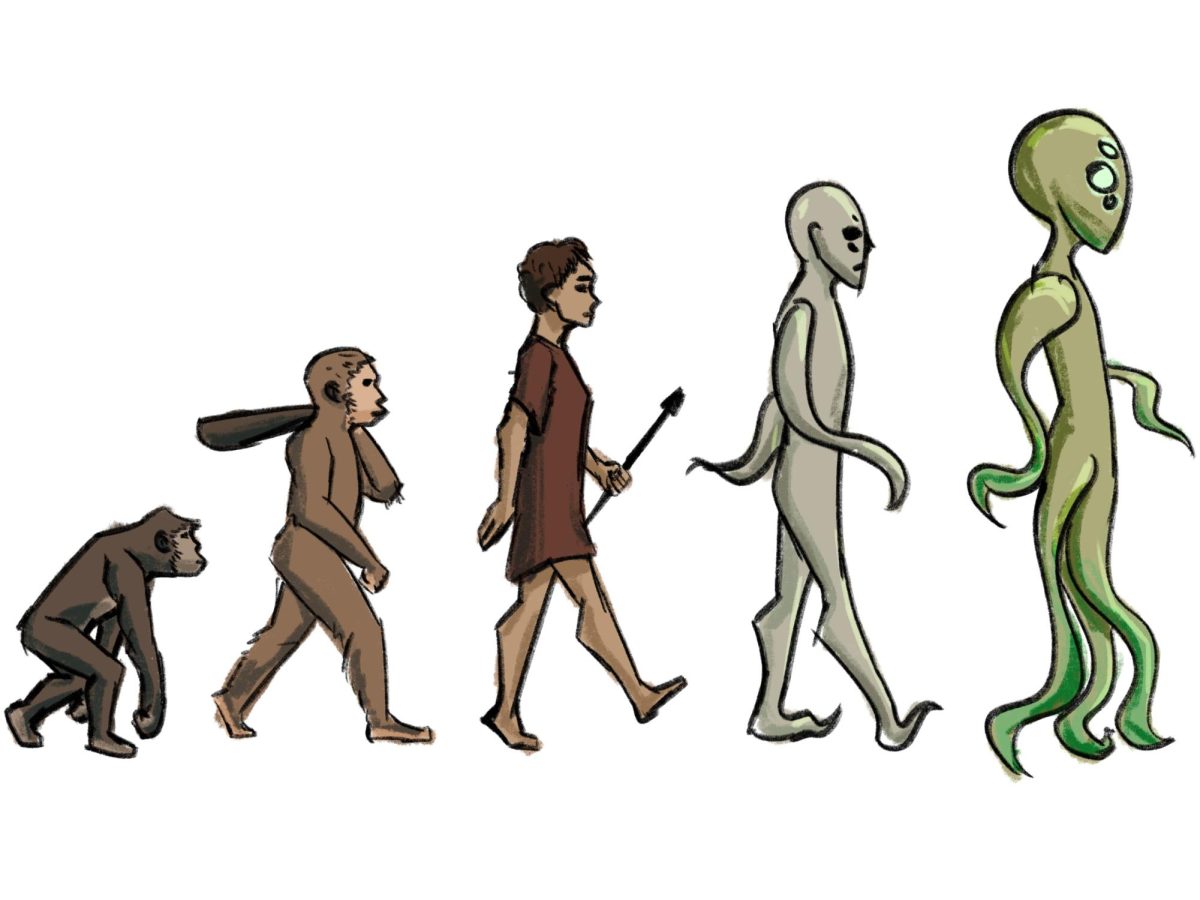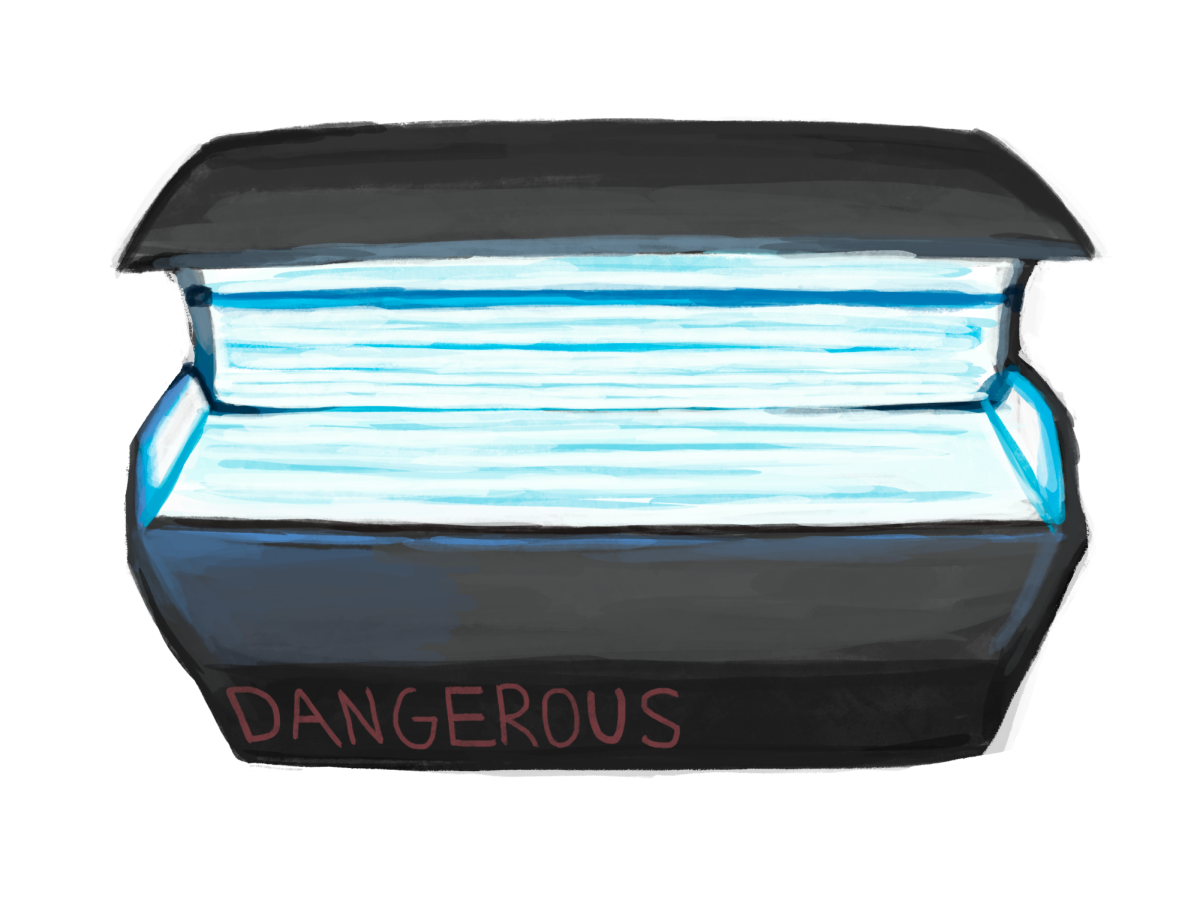Within the field of biological science, there exists many different subsections. Biologists might specialize in a variety of areas, like molecular biology, genetics, or pathology. This article, however, is meant to shine light on an often overlooked subsection: speculative evolution.
Spec Evo, as it is called within the community, is a field of analysis related to ecology and evolutionary sciences. Essentially, Spec Evo takes the principles, patterns, and trends pertaining to evolution, as well as theories and concepts of prehistoric evolution and ecology, and applies them to hypothetical scenarios. Someone who indulges in this interest can use pre-existing knowledge of evolution and its processes to conceptualize organisms and environments that don’t yet exist.
Though it has some practical applications, such as predicting how human encroachment on an environment will affect organisms and their adaptation, much of Spec Evo is purely hypothetical: more of a thought experiment than based on real scientific observations.
Due to this, it is considered rather detached from more traditional scientific disciplines, as well as a more amateur, less professional field of study. However, it is closely intertwined with other abstract niches of science, namely paleoart.
Paleoartists are people who are responsible for conceptualizing and illustrating the depictions of prehistoric animals. Almost all modern depictions of prehistoric humans and animals are done by paleoartists.
Today, we are able to see pictures and videos of what the T. rex or sabertooth tiger might have looked like because of a community
of extremely talented paleoartists. This naturally compliments the concept of speculative evolution, as many artists use their skills in paleoart to make these hypothetical scenarios come to life. C.M. Koseman’s book All Yesterdays is a great example of paleoart being used in relation to ecology. Many of our modern reconstructions of prehistoric animals and their roles in the environment are flawed, and All Yesterdays explores how a far-future paleontologist may reconstruct and theorize about the ecological niche of the animals of today if they were found in the fossil record.
Prehistory is often not the focus of Spec Evo however. Most Spec Evo is concerned with how life might evolve in the future, or even on other planets. People place organisms on planets with an entirely different atmosphere or temperature, or even a different type of star system, and postulate how those variable conditions could create entirely different organisms, based on what we know here on Earth.
With the rapidly growing biological and ecological knowledge of our time, as well as accessibility to this knowledge via the internet, a growing number of online communities are developing around creating and sharing art, concepts, and sagas of various Spec Evo projects. If this article piqued your interest, I’d recommend checking out resources like C.M. Koseman’s All Tomorrows
and All Yesterdays, the speculative evolution subreddit, and Bibliardion’s Alien Biospheres series on YouTube.



































